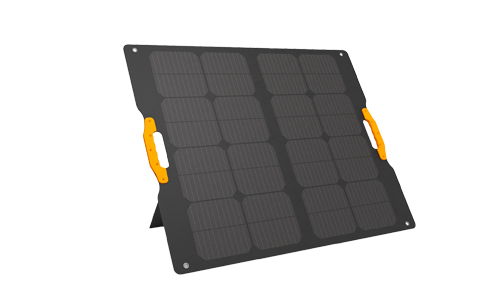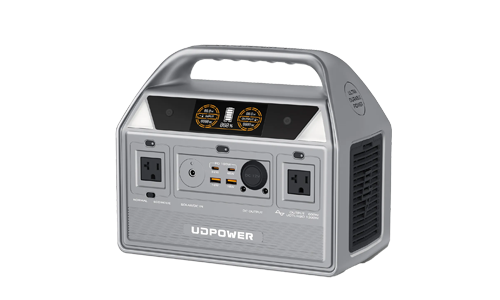How Long Does a Power Station Last? - In-Depth Guide
ZacharyWilliamPortable power stations have become indispensable tools for camping, emergency preparedness, outdoor work, and more. One of the most common questions users ask is: how long does a power station last? This question encompasses both how long a power station can power devices on a single charge, and how long the battery itself remains healthy over time.
In this comprehensive guide, we’ll break down all factors that affect power station runtime and lifespan, supported by reliable data, practical tips, and examples.

1. What Does "Last" Mean for a Power Station?
The term “last” can be ambiguous without context. It generally refers to two distinct aspects:
- Runtime per charge: How many hours a power station can power your devices before needing a recharge.
- Battery lifespan: How many charge-discharge cycles the battery can endure before its capacity significantly degrades.
Additionally, device durability and warranty periods are also relevant but beyond the scope of battery life itself.
2. Factors Affecting How Long a Power Station Lasts Per Charge
The runtime on a single charge depends on multiple factors:
- Battery Capacity (Wh): Watt-hours indicate the total energy stored. Higher Wh means longer runtime. Example: A 500Wh power station can theoretically supply 100W for 5 hours (500/100=5).
- Power Consumption (W): Devices consume power at different rates. High wattage devices drain the battery faster.
- Efficiency and Inverter Type: Converting stored DC power to AC involves losses. Pure sine wave inverters are more efficient but still lose 5-15% energy.
- Environmental Conditions: Extreme cold or heat can reduce battery performance.
- Battery Age and Health: Older batteries hold less charge.
Battery Capacity vs. Typical Device Power Use
| Device | Typical Power Use (Watts) | Estimated Runtime on 500Wh Power Station (Hours) |
|---|---|---|
| Smartphone | 5 | ~90 (500/5 × 0.9 efficiency) |
| Laptop | 50 | ~9 (500/50 × 0.9 efficiency) |
| LED Light | 10 | ~45 |
| Mini Fridge | 60 | ~7 |
| Electric Fan | 40 | ~11 |
Note: Real runtime may vary depending on device startup surges, inverter efficiency (~90%), and battery condition.
3. Typical Runtime Examples Based on Device and Usage
Here are more detailed examples of runtimes on popular power station capacities:
| Power Station Capacity | Smartphone (5W) | Laptop (50W) | LED Light (10W) | Mini Fridge (60W) |
|---|---|---|---|---|
| 300Wh | ~54 hours | ~5.4 hours | ~27 hours | ~4.5 hours |
| 500Wh | ~90 hours | ~9 hours | ~45 hours | ~7.5 hours |
| 1000Wh | ~180 hours | ~18 hours | ~90 hours | ~15 hours |
For a calculator to estimate your own expected runtime, see Portable Power Station Runtime Calculator.
4. Battery Lifespan and How Many Charges to Expect
Battery lifespan is typically measured in charge cycles, where one cycle = one full charge and discharge.
| Battery Type | Average Cycle Life | Capacity After 500 Cycles |
|---|---|---|
| Lithium-ion (Li-ion) | 300 - 500 cycles | ~70-80% |
| Lithium Iron Phosphate (LiFePO4) | 2000 - 4000 cycles | ~80-90% |
| Lead-acid | 200 - 300 cycles | ~60-70% |
Most modern portable power stations use lithium-ion or LiFePO4 batteries due to their better cycle life and safety.
Reference: Battery University – How to Prolong Lithium-Based Batteries
5. Signs Your Power Station Battery is Wearing Out
- Noticeably shorter runtime per charge than when new
- Longer charging times than usual
- Unexpected shutdowns under load
- Battery health diagnostics (if supported) show reduced capacity
6. How to Extend Your Power Station’s Runtime and Battery Life
- Charge properly: Avoid letting the battery fully drain regularly. Partial charges are better.
- Store correctly: Store at ~50% charge in a cool, dry place if unused for extended periods.
- Avoid extreme temperatures: Both cold (<0°C) and hot (>40°C) reduce battery performance and lifespan.
- Manage load: Use energy-efficient devices and avoid exceeding max output power.
- Regular maintenance: Periodically calibrate the battery by full discharge and recharge if recommended.
7. Comparing Different Types of Power Station Batteries
| Battery Type | Advantages | Disadvantages | Typical Applications |
|---|---|---|---|
| Lithium-ion (Li-ion) | Lightweight, high energy density, moderate cycle life | Less thermal stability, moderate lifespan | Most consumer power stations |
| Lithium Iron Phosphate (LiFePO4) | Long cycle life, safer, stable at high temps | Lower energy density, heavier | High-end and industrial-grade stations |
| Lead-acid | Low cost, proven technology | Heavy, low cycle life, slower charging | Older or budget power stations |
8. Real-World Use Cases: How Long Do Power Stations Last?
Short Trips and Camping
A 500Wh power station can run LED lights and charge phones for several days, depending on usage. It’s perfect for weekend camping when power access is limited.
Emergency Backup During Power Outages
Power stations with 1000Wh+ capacity can power refrigerators and medical devices for several hours to a day, providing critical backup during blackouts.
Outdoor Work and Professional Use
Heavy-duty LiFePO4 power stations can sustain power tools or multiple devices on job sites for extended hours, often supported by solar recharging for longer runtimes.
9. Conclusion
How long a power station lasts depends on two main factors: runtime per charge and battery lifespan. Runtime varies by battery capacity and device power consumption, while lifespan depends on battery chemistry and usage patterns.
By understanding these factors and properly maintaining your power station, you can maximize both its immediate runtime and long-term usability.
10. Frequently Asked Questions
- How long does it take to recharge a power station?
- Depending on capacity and charger, recharge times range from 2 to 8 hours. Some models support solar charging which can take longer.
- Can a power station run multiple devices at once?
- Yes, but total power consumption must not exceed the station’s maximum output rating.
- What affects power station performance the most?
- Battery health, environmental temperature, and load management have the biggest impacts on performance.
Continue Reading:


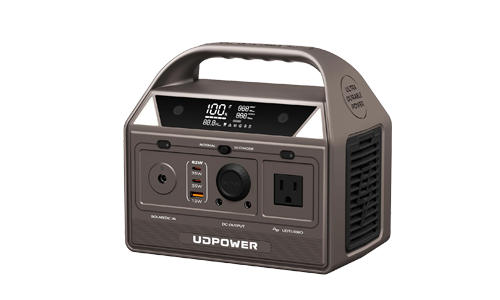
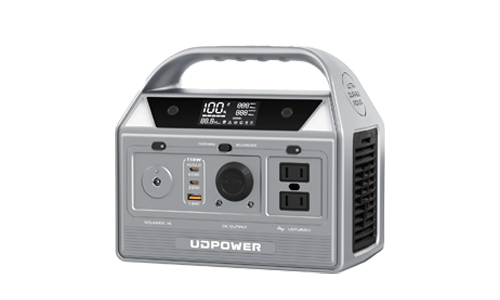
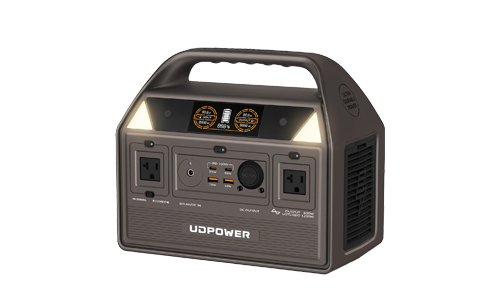
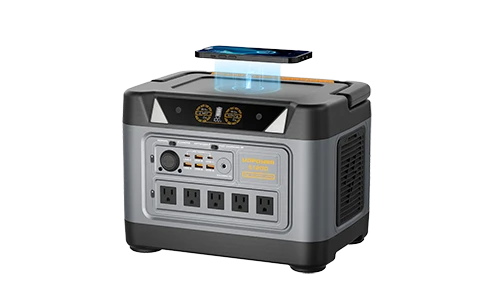
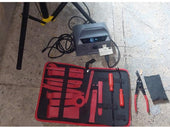

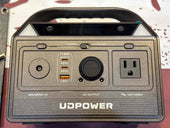
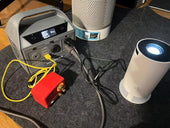
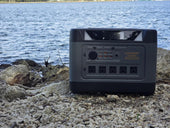
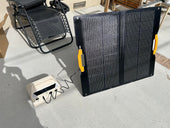














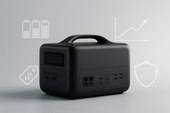







![How to Live In The Woods [Complete Guide]](http://udpwr.com/cdn/shop/articles/Off-Grid_Cabin_Option_f6c94fe7-1ae7-4c3a-baf5-ed9fe684c832.png?v=1763523215&width=170)





